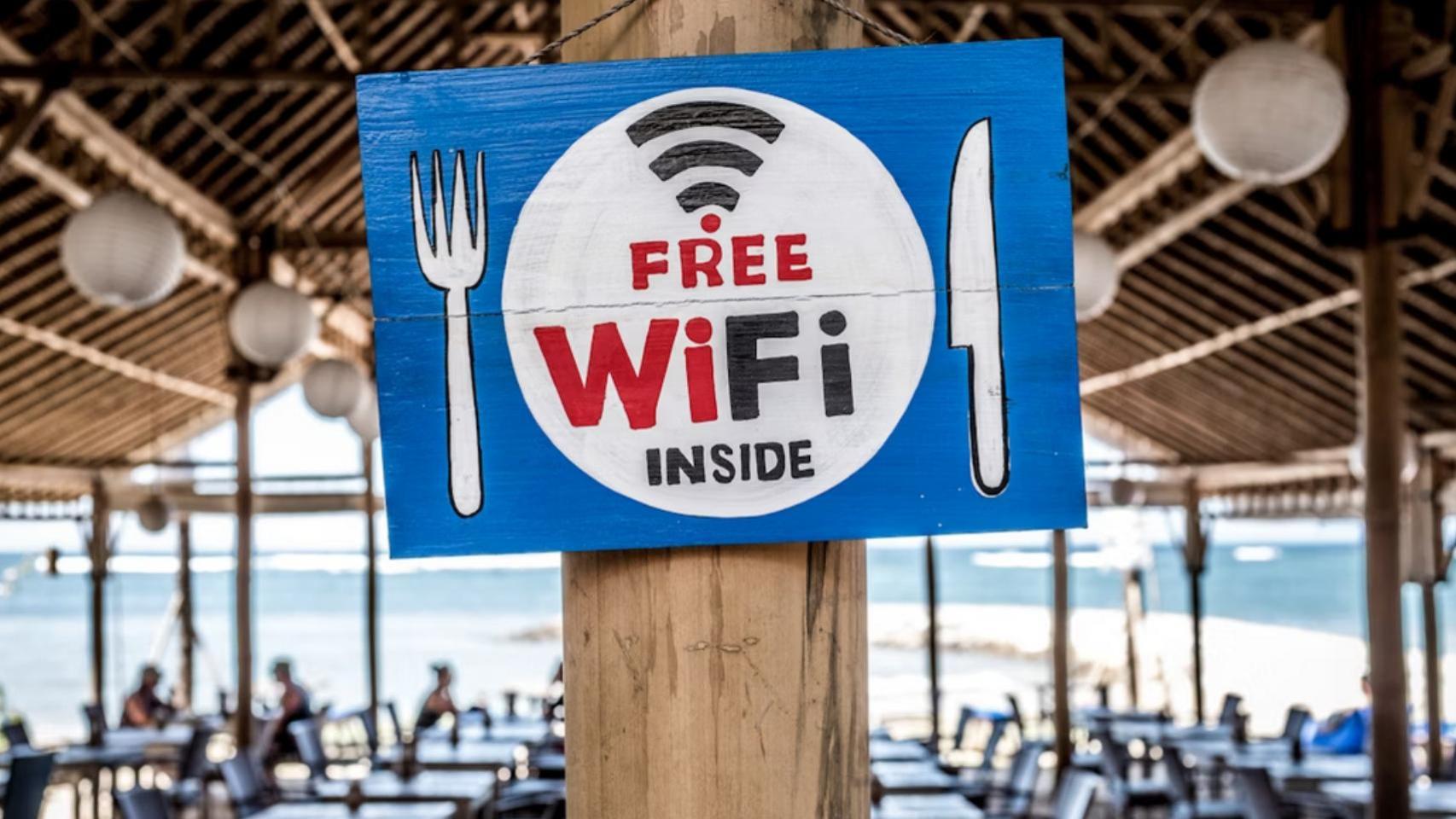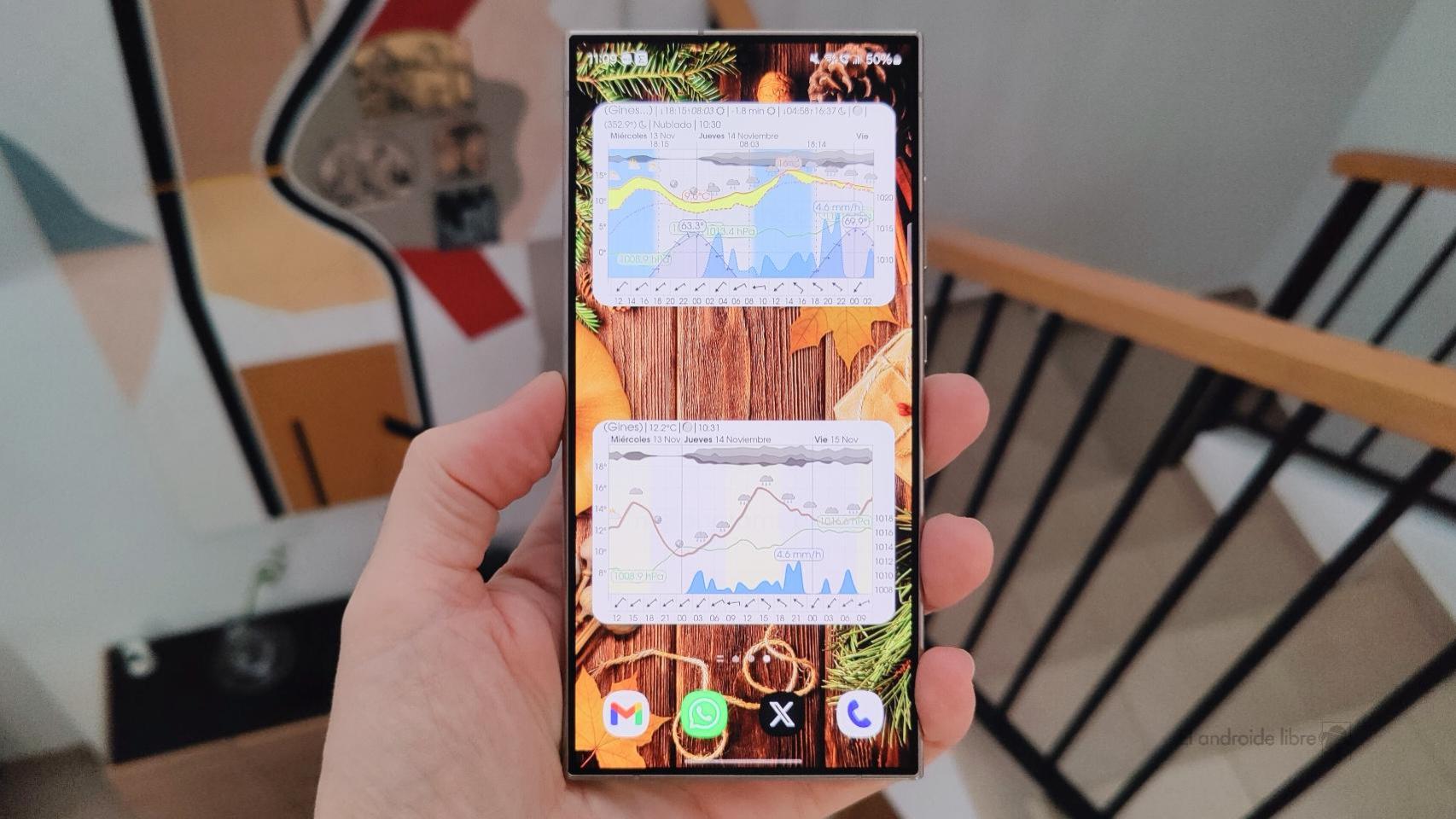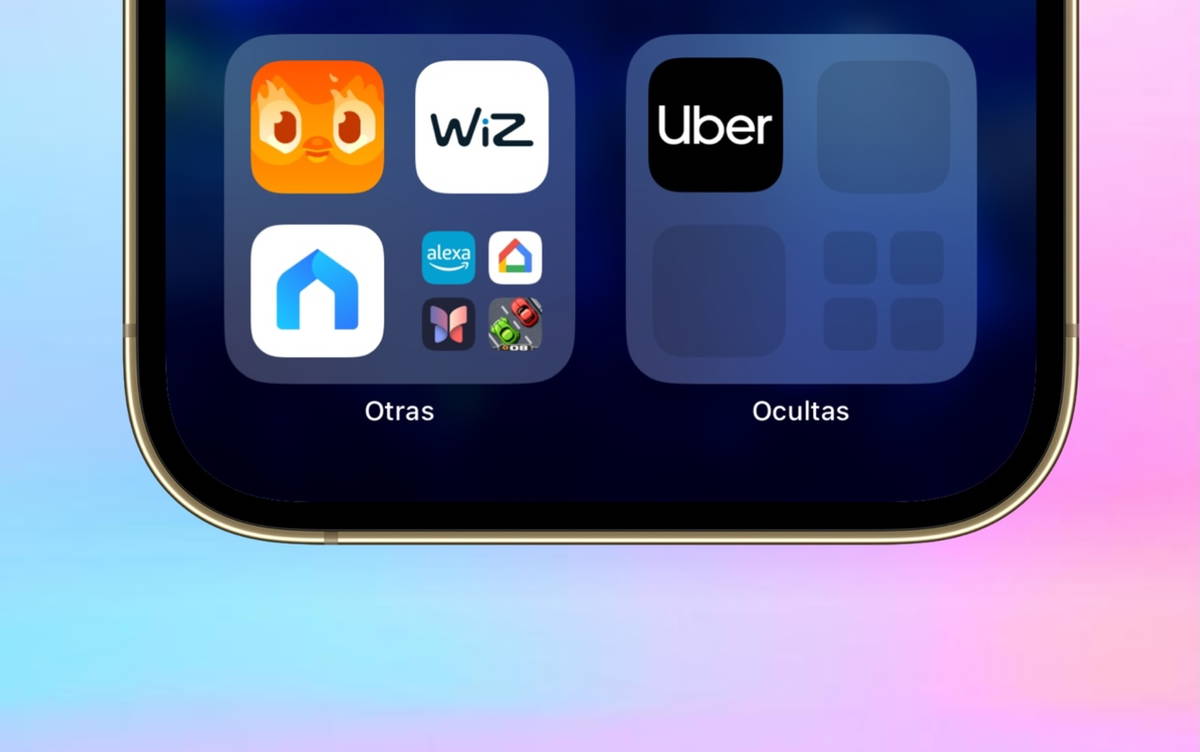In Europe it has been very common for years that Almost people of all ages already have their smartphones connected to the Internet. In fact, there is debate about the minimum age for giving children and adolescents their first cell phone. This means that the risks that may be incurred when using certain apps or services occur across all age groups.
Before smartphones were so popular, it was normal to connect to the Internet from computers, but the average user tended to have more knowledge, in addition to having fewer scam attempts. As there are now many more people online, there is greater incentive for criminals to carry out attacks online. Furthermore, the little cybersecurity training provided in schools and by different government agencies exposes citizens to all types of attacks. And the administration’s failures to safeguard our data don’t help.
This is particularly true in the case of using public WiFi networks, different from those we have at home or at work and which we have configured ourselves. In addition, Los Cybercriminals attack public networks much more frequently in places such as airports or coffee shops. because they are more vulnerable and there are many more users connected than on private networks.
Risks in public networks
Connecting to the Internet from public WiFi and not from a data connection is more dangerous because allows the potential attacker to infiltrate the communication without having to hack the physical device or telephone antenna. Attacking a WiFi router is much easier, especially if minimal security measures have not been taken. Attack attempts generally target three reasons.
Theft of information and personal data. In today’s world, data is worth money and having a person’s personal data and confidential information is extremely valuable. If they are obtained in large quantities, it is possible to sell them to certain buyers who will pay the price. And if information is obtained from a specific person, it is possible to extort them if they do not want this information revealed.
Credential theft. Another target for digital theft is typically access to app and service account credentials. If a thief manages to obtain the username and password for a service, they will be able to access it, unless we have additional security measures, such as two-factor authentication. This is especially important in applications with which we manage money, such as banking, PayPal, etc.
Malware. The last type of attack generally involves injecting a virus or malware into a computer or mobile phone and managing to take control of that device without the user’s knowledge. Additionally, it is not always obvious and sometimes these attacks are used to use computer power to mine cryptocurrencies, for example, preventing the device itself from functioning as it should.
Wi-Fi router
Unsplash
Of course, these attacks are also used to extract information, usually with the aim of encrypting it and demanding a ransom. It’s never a good idea to agree to pay, because once you do, the thief has no incentive to give us the information, but rather to demand more money.
Never do this
Despite this, it is possible that on certain occasions it is necessary to access the Internet through one of these networks. If this is the case, it is important to be aware that there are things we should not do from these connections, due to the security or lack of security they may have. The most obvious is that which applies to bank details.
A woman uses Bizum to pay with her cell phone
Free Android
You never need to enter a banking app to consult data and even less to send money, because if our smartphone is monitored, it is possible that the data to use the account has been in danger. It is also not a good idea to use other apps to transfer money, like Paypal o Bizum in Europe.
In addition, Sending sensitive information through normal apps, such as WhatsApp or Gmail, is also not a good idea.. Sending a photo of a plate of food is not the same as sending one of our IDs because the bank manager or our town hall needs it. It is preferable to send these messages using the data network or a private WiFi network.
Por supuesto, en el caso de enviar fotografías comprometidas, obviamente por voluntad propia, tampoco es buena idea hacerlo desde redes donde sea posible que se intercepte esa información. Todo tipo de datos que pueda ser usado para chantajearnos o para robarnos en otro momento no debería ser enviado mientras estamos conectados a una de estas redes WiFi.
La importancia de la actualización
No son pocas las personas que no actualizan sus dispositivos pese a que los fabricantes lanzan los parches de seguridad casi mensualmente en ocasiones. Estas actualizaciones menores se diseñan precisamente para corregir fallos de seguridad tanto en el dispositivo en sí como en las conexiones del mismo con las redes, sean Wifi o de otro tipo, y siempre hay que instalarlas.
Dos clientes usando el wifi gratis de un local
iStock
También hay que tener en cuenta que las conexiones WiFi no son las únicas conexiones inalámbricas que puede realizar un smartphone. Puede ser peligroso usar las conexiones Bluetooth o QuickShare si no sabemos hacerlo bien. En el caso de tener un móvil tan antiguo como para que no tenga actualizaciones de seguridad, es buena idea plantearse el cambio y, de ser posible, elegir una de las marcas que más importancia le dé a este aspecto ya que la mayoría no lo tienen como una prioridad.












